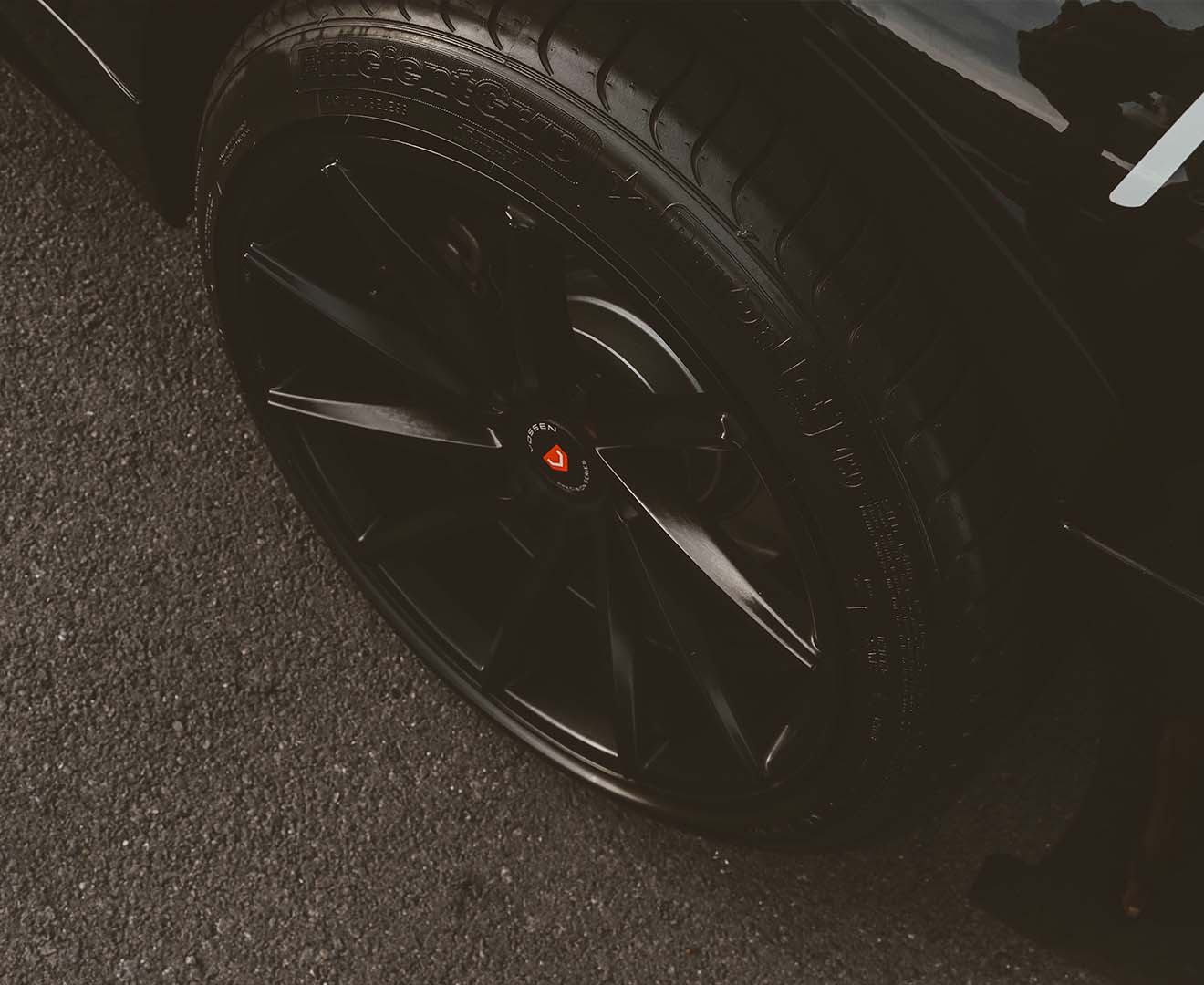
The Market Leader.
PunctureSafe was established 24 years ago, but we started developing our range of tire sealants 29 years ago.
Yes! PunctureSafe has never failed to provide tire protection. PunctureSafe’s proprietary formulation enables the sealant to withstand heat, sheer and stress resulting from centrifugal force emanating from a rotating tire/rim. PunctureSafe’s abilities and performance is not diminished with speed, distance or time.
Yes & No! However it is important to realize that PunctureSafe cannot hide or mask a dangerous puncture. Sidewalls are much thinner than the rest of the tire, so even though there is some rubber recovery, because of the flexing, the tire will lose air to some degree. If there is no damage, then it could be possible to seal permanently. It could also be the case that even with severe damage to the sidewall, a controlled deflation will take place allowing the driver to remove the vehicle from a dangerous location.
Yes! In-house tests have shown that PunctureSafe will retard aging within the inner structure of a tire. Testing has also proven that PunctureSafe will reduce heat and eliminate migrating air, which is directly related to increased tire and casing life.
Yes! In-house testing has proven without a doubt that PunctureSafe has the ability to eliminate porosity and air migration. Although PunctureSafe will maintain correct air pressure, we recommend that visual inspection be performed on a per trip basis and complete tire examinations and air pressure inspections be performed at scheduled services.
No! PunctureSafe is a preventative maintenance tire additive and was designed primarily to be utilized prior to a tire receiving damage from puncturing objects and/or interior damage caused from operating tires under inflated. After installing PunctureSafe, the vehicle is driven a minimum of 3 to 5 miles (5 to 8 km), however it is not imperative to drive the vehicle immediately. For PunctureSafe to perform its preliminary functions, the tire and PunctureSafe must go through an initial conditioning period. At which time PunctureSafe will have coated a good percentage of the inner surfaces of the tire. When a puncture occurs, the PunctureSafe coating encapsulates the puncturing object. When the puncturing object is removed or ejected, PunctureSafe is drawn into the puncture by the capillary action of the escaping air. The puncture closes up (rubber recovery), thereby trapping the PunctureSafe seal. The seal cures and becomes non water-soluble to protect the inner structure from outside contaminants. The PunctureSafe seal is only as strong as the tire and can not hide or mask a dangerous puncture.
Yes! PunctureSafe will seal punctures in both tube and tubeless tires as long as there is rubber recovery and it is not a dangerous puncture. A tube is very unreliable. The tube is basically made of rubber and synthetics. The wall thickness of a tube is not uniform and rubber content is very critical in terms of elasticity and rubber recovery. A tube that does not contain a sufficient amount of natural rubber cannot recover (close up) after sustaining a puncture. It is critical that there be rubber recovery to assure a positive secure seal. By installing PunctureSafe into a tube, the problem of punctures can be reduced. The seal in a tube is not permanent. Tubes squirm inside a tire at high speed and if the puncturing object is left in the tire and tube, it may rip the tube. Then even PunctureSafe may not able to help. We recommend that nails be removed on a routine basis and the tires air pressure be maintained at maximum PSI to reduce the squirming. When a tube is punctured, the size of the puncture in the tube may be much larger than the actual puncturing object; also tubes are very susceptible to ripping.
No! Absolutely not. It is virtually impossible for PunctureSafe to hide or mask a dangerous puncture. Worldwide usage and countless in-house tests which have been performed have shown that PunctureSafe will not seal a tire that has received a puncture that would weaken the tire’s inner structure to a point that could be dangerous.
PunctureSafe does not have any of the failings that previous and many present products have. Apart from drying and balling up in the tire, the biggest failings of traditional tire sealants in a high speed tire, is the inability to seal small holes, but the ability to seal a large dangerous hole or cut, because they contained large chunks of chopped up rubber. Whereas Puncturesafe contains only tiny strands of coarse surface synthetic fibers that are stronger than steel when they interlock tightly together. PunctureSafe will only positively seal small holes caused by puncturing objects up to 6mm in diameter, but only in a hole that is in the tread area of the tire, and that is shrinking in size because there is no cord damage (rubber recovery), which is 95% of today’s high speed punctures. Anything bigger, or in the sidewall, with or without cord damage, the Puncturesafe fibers slowly bleed through the hole, giving a controlled deflation, and usually with a halt or abrupt slow down in air pressure loss at the lower pressures of 10 to 15 psi (depending on cord damage). This helps to prevent damage to rims, and helps the driver maintain control and possibly enabling continuation of the journey to remove the vehicle from a possibly dangerous location.
If a tire receives a dangerous puncture, PunctureSafe allows air to bleed, providing additional time for the driver to bring the vehicle to a controlled stop. This safety factor can reduce potential blowouts from becoming a dangerous situation. Many security fleets utilize PunctureSafe for its ability to provide a high degree of safety and reliability rather than Puncturesafe’s cost savings and tire life extension qualities.
Generally Yes! PunctureSafe has been utilized in virtually every conceivable pneumatic tire, accumulating millions of miles, in major fleets around the world, without any premature failure or adverse effects to the tires or rims. Special situations with low profile high performance tires may require assistance and support from the PunctureSafe’s Technical Department prior to installation.
No! PunctureSafe’s advanced proprietary seal and curing attributes have proven that the specialised rust inhibiting system protects steel belts against rust and corrosion. The unique ability to cure within a puncture also protects the steel belts from outside contaminants. This proprietary attribute is available only with PunctureSafe.
Yes! PunctureSafe is compatible with all retreading methods. PunctureSafe will retard aging in tires. PunctureSafe treated tires exhibit greater rubber resilience when compared to untreated control tires. Therefore, PunctureSafe increases the casings ability to achieve additional retreading. This increased retreadability provides a lower cost per mile. Your professional retread company certifies casing soundness and retreadability.










